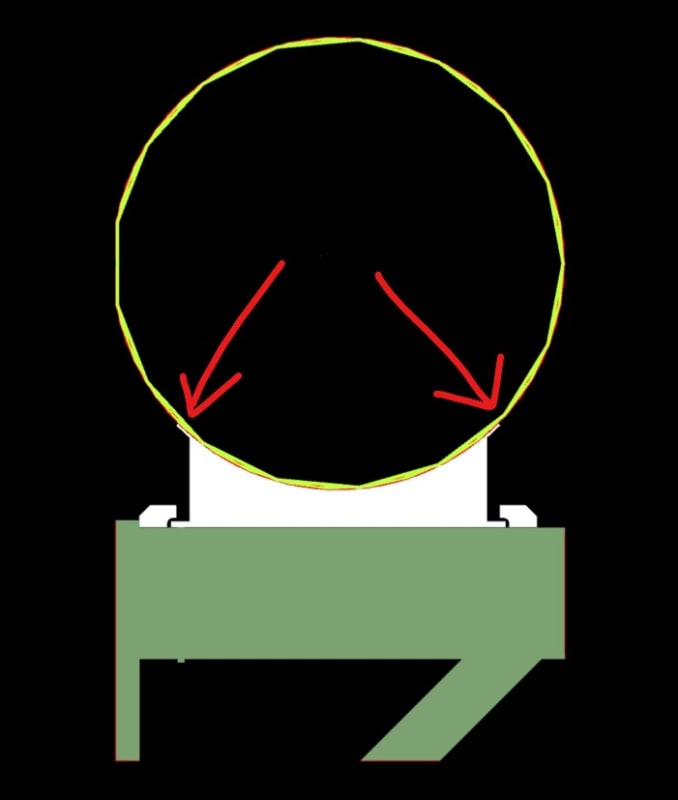Hello guys,
We are design a 76" pipeline for a cooling water system. It will be made of A36 plates which we need to determine the thickness. So, based on equation 3a given by B31.3 and process data, we reach a thickness of 5/8". But I'm in doubt about two things:
1) Is there a limit about pipe size range to apply this code or for this situation of application? I quickly looked another B31 sections but B31.3 seems the most suitable. If you guys have another codes (not only ASME) or methods of evaluation that could be applied or give me a double-check, I'll do this for sure.
2) Although this thickness satisfies the pressure condition, the relation D/t still higher than 100. I'm really concerned about localized stress due to pipe and content weight. If we can't increase plate thickness and based on B31.3, should we evaluate this primary stress on pipe wall at support points using FEM?
We are design a 76" pipeline for a cooling water system. It will be made of A36 plates which we need to determine the thickness. So, based on equation 3a given by B31.3 and process data, we reach a thickness of 5/8". But I'm in doubt about two things:
1) Is there a limit about pipe size range to apply this code or for this situation of application? I quickly looked another B31 sections but B31.3 seems the most suitable. If you guys have another codes (not only ASME) or methods of evaluation that could be applied or give me a double-check, I'll do this for sure.
2) Although this thickness satisfies the pressure condition, the relation D/t still higher than 100. I'm really concerned about localized stress due to pipe and content weight. If we can't increase plate thickness and based on B31.3, should we evaluate this primary stress on pipe wall at support points using FEM?


